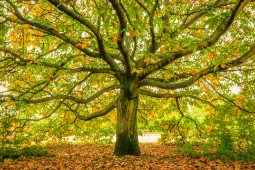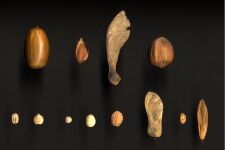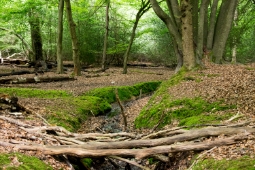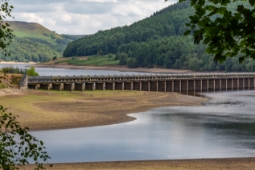Weymouth pine (WEP)
Weymouth pine (also known as eastern white pine) is one of the most valuable and versatile tree species in eastern North America. It played a major role in the settlement and development of New England, and early on the species was recognised for its value as ship masts for the Royal Navy. It is the state tree of Maine and Michigan.
Introduced to Britain early in the 1700 s the tree was widely planted and popular in estate forestry, but fell out of favour with the arrival of white pine blister rust. The issues with this disease restricted the wider use or trialling of the species in Britain. Recent work has demonstrated that if used appropriately Weymouth pine may have a role in forest diversification.
Weymouth pine is categorised as a plot-stage species. These are species that have demonstrated some positive silvicultural characteristics at the Specimen-stage and are now subject to further testing and examination in a limited number of trial plots.

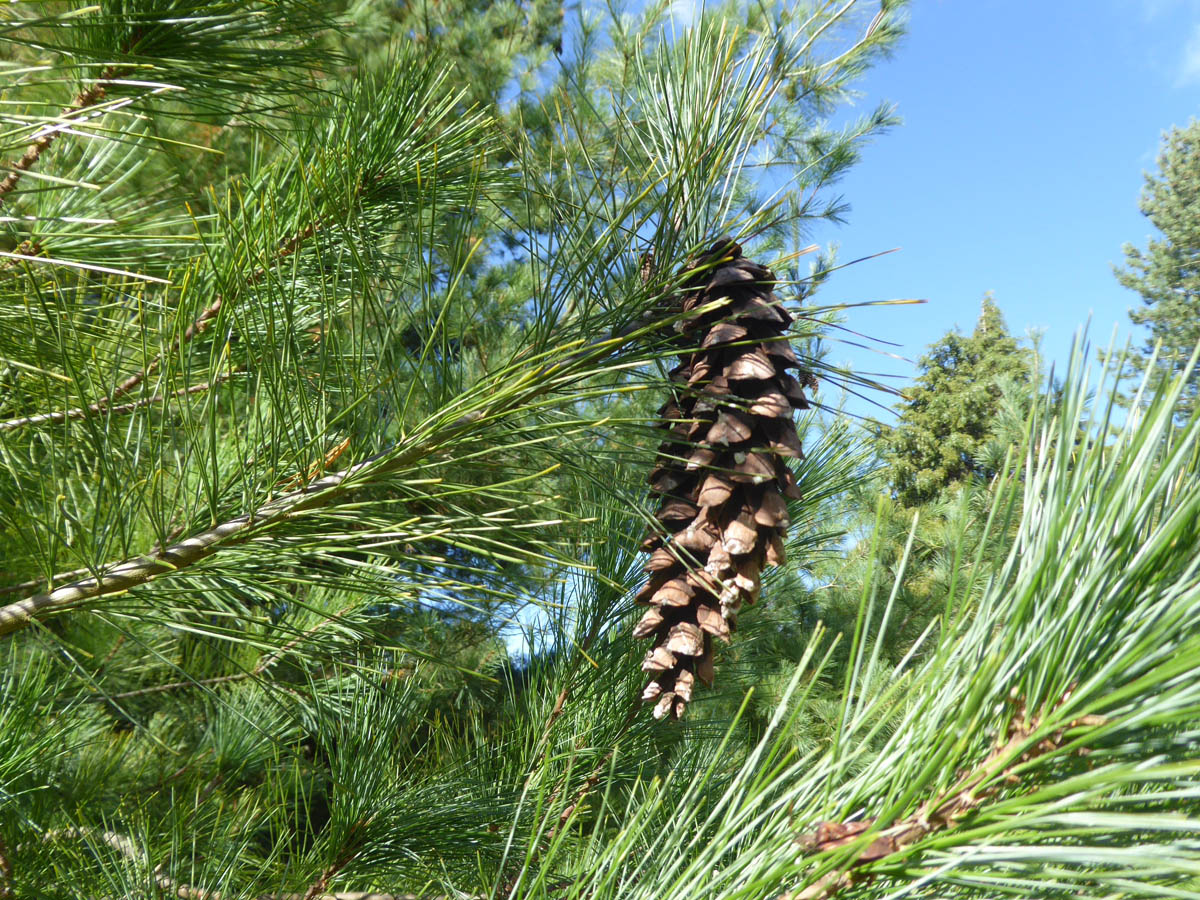
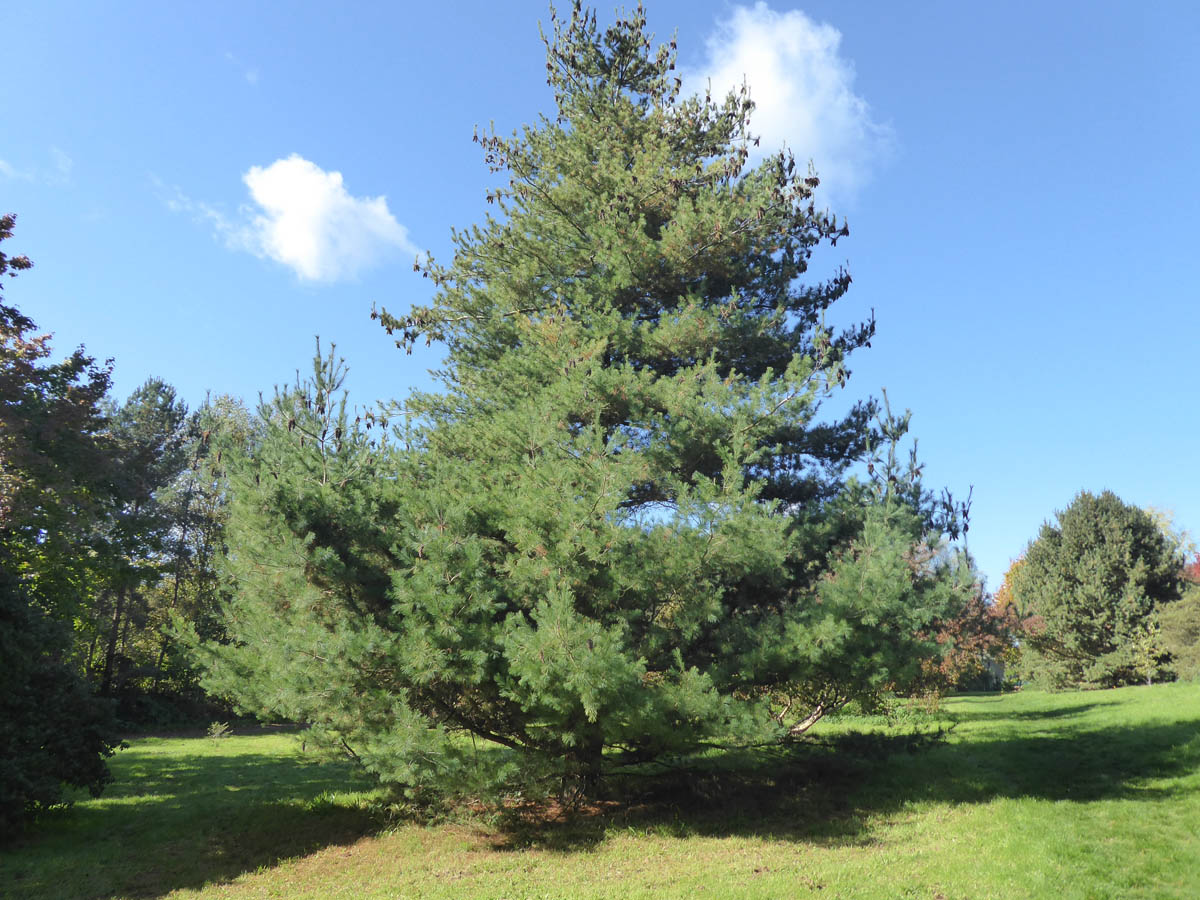
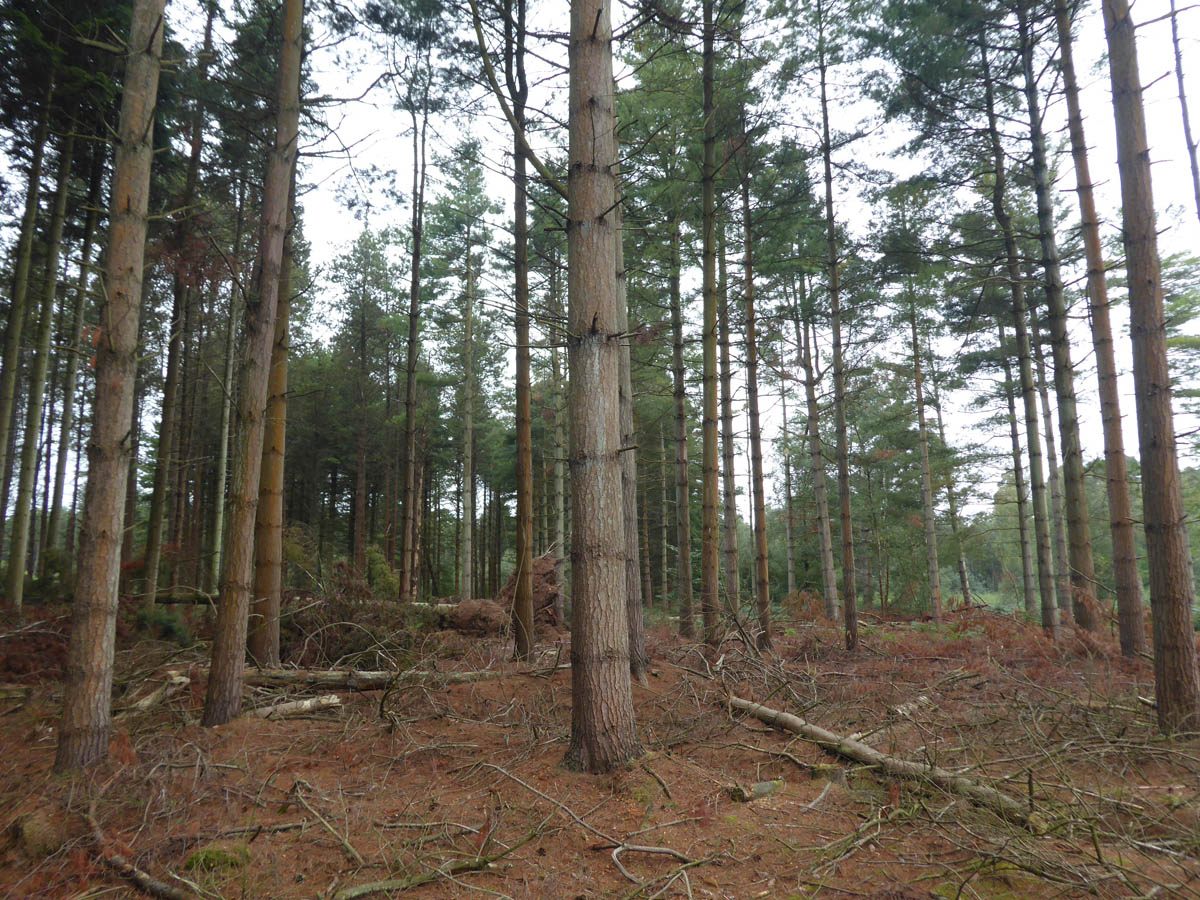
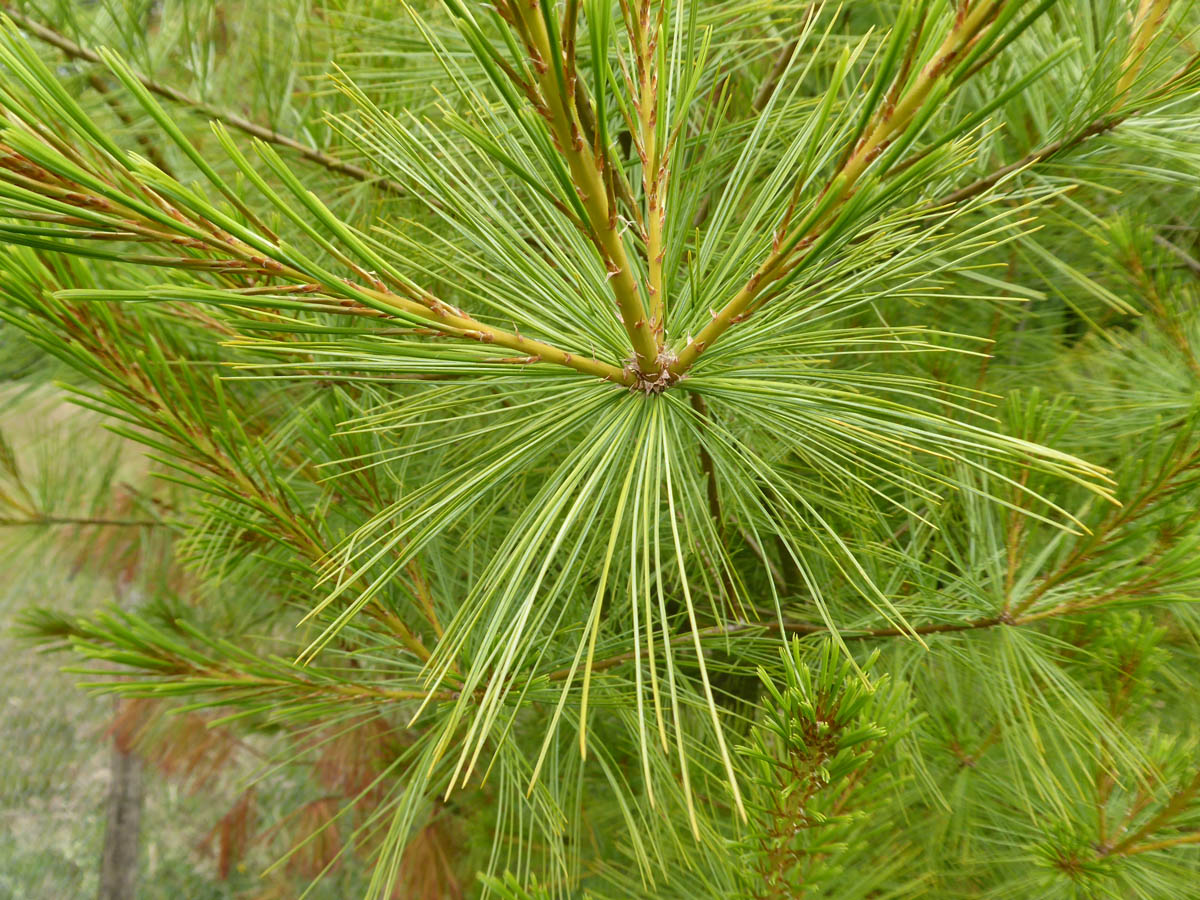
Range
Native to eastern North America from Carolina and Georgia (34° N) and as far north as Newfoundland (50° N).
Provenance Choice
No provenance testing has been carried out in Britain; seed sources from the native range from New England northwards should be preferred. Rust resistant selections have been identified in North America, but have not been tested in Britain.
Key Properties
Site Requirements
Grows on poor to rich sandy or sandy loam soils of moderately dry to fresh soil moisture and which allow deep rooting. Not suited to very poor soils or to peats and does not tolerate alkaline soils. The species is naturally adapted to a cool humid climate and appears to be cold hardy throughout Britain but has no more than moderate tolerance of exposure.
Further detail on the site requirements of Weymouth pine in current and future climates can be examined using the Forest Research Ecological Site Classification Decision Support System (ESC).
ECOLOGICAL SITE CLASSIFICATION TOOL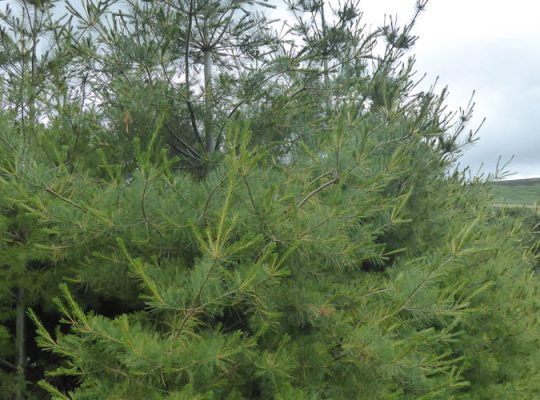
Silviculture
The species is of intermediate shade tolerance when young, but later requires full light for good growth. For this reason, open ground conditions should be avoided, especially where there is a risk of frost, and it is best planted under a light shelterwood at a density of around 2000 to 2500 stems ha-1 using bareroot or containerised seedlings.
Careful management with regular thinning should produce quality sawlogs in 60-80 years, but protection against deer browsing will be needed during establishment. Pruning of lower branches before the trees reach 15 years is recommended to reduce the impact of blister rust. Potential productivity will be higher than Scots pine on a site for site basis and could range from GYC 8-16 m3 ha-1 yr-1.
Weymouth pine naturally grows in mixed stands with a range of conifers and broadleaved species. British experience suggests it can be grown in mixture with Scots pine, birch and other broadleaved species. Use of mixtures can reduce the risk of damage from blister rust.
Coning starts at around 30 years of age, and good seed crops occur at 3–5-year intervals; anecdotal observations have shown it does regenerate in Britain under suitable conditions. In its natural range control of browsing and vegetation competition, as well as adequate light are key to successful regeneration.
Pests and Pathogens
The continuing risk from Cronartium ribicola (white pine blister rust) which is extremely damaging to this pine species suggests that it should only be planted on a small scale and preferably in mixture. Susceptible to deer browsing.
See our other tools and resources
Further Resources
External
In addition to the general sources of information for species the following are useful for Weymouth pine.
Ostry, M.E., Laflamme, G., and Katovich, S.A. (2010) Silvicultural approaches for management of eastern white pine to minimize impacts of damaging agents. Forest Pathology, 40, 332–346.
Reynolds, C et al. (2021) Providing the evidence base to diversify Britain’s forests: initial results from a new generation of species trials. Quarterly Journal of Forestry 115(1): 26-37.
USDA 2019, Pinus strobus L., United States Department of Agriculture; Natural Resources Conservation Service, viewed 9 March 2022, https://plants.usda.gov/home/plantProfile?symbol=PIST

